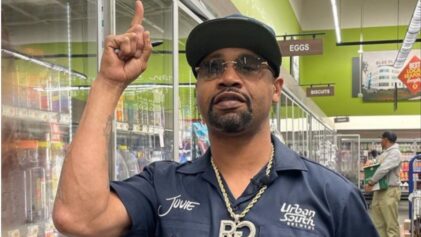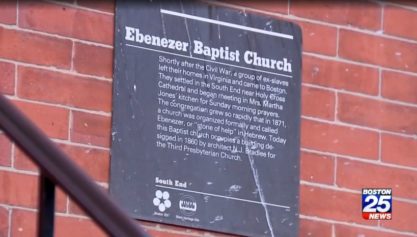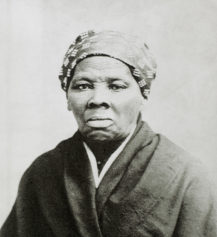This week marks the official 10-year anniversary of Hurricane Katrina, the storm that devastated New Orleans. Federal officials including Presidents Barack Obama, Bill Clinton and George W. Bush, are visiting the city to tout the success of the recovery effort. However, several news reports say there are still stark disparities in how Black and white New Orleans residents view the city.
A poll conducted by the Public Policy Research Lab at Louisiana State University, found that while most New Orleans residents say life is about the same as before Katrina, a third of Black residents say life has gotten worse.
Several media reports point out that Black residents have been hit with a myriad of problems. More than 7,000 mostly Black unionized teachers were fired from their jobs in an effort by former Gov. Kathleen Blanco to reform the New Orleans public school system. Black residents who lived in the Lower Ninth Ward were badly hit by flooding and had a hard time rebuilding. Their problems were compounded because many of them had mortgages with Alden J. McDonald’s Liberty Bank and Trust Company, which was wiped out by the flood.
McDonald said the flood devastated his customer base of blue-collar and middle-class Black families.
‘‘Where you saw water up to the rooftops? That’s where most of the city’s Black people lived,” he told the New York Times. “That’s where my customer base lived. My employees lived out there.’’
Many Black families were forced to relocate and never returned. Working-class Black families had a hard time resettling and gathering the resources to move back. Even Black homeowners had a hard time getting loans or access to their property. It seems the white establishment took this as an opportunity to reshape New Orleans. The city of 455,000 used to be two-thirds Black, but by 2010, there were 118,000 fewer Black residents. Fewer Black residents meant Black people lost prominent leadership positions such as mayor and police chief. Housing and education boards also came to be dominated by whites.
‘The perception among most African-Americans is that they are living politically as a defeated group in their own city,’’ said Lance Hill, executive director of Tulane University’s Southern Institute for Education and Research, in 2012.
The city also saw the influx of white “carpetbaggers,” people attracted by new economic opportunities. They also tended to have more money and were able to pay higher rent. This has driven low-income Blacks out of the city in search of cheaper housing in the suburbs. Black families pushed out by rising property values have not always been welcome in their new neighborhoods.
“A group of mostly white protesters actually held signs on Crowder Boulevard, proclaiming that this neighborhood did not want poor people to live here,” said Dr. Beverly Wright in The San Francisco Bay View. “It seems that the plans for the ‘new’ New Orleans include the pushing out of thousands of poor African-Americans with the intent of concentrating families in the East and any other suburb where they can be pushed out of the city.”
A Washington Post story by Manuel Roig-Franzia details how New Orleans is now being flooded by tech entrepreneurs and hipsters from places like New York and San Francisco who are attracted by the lower property values. The gentrification of New Orleans is the same thing happening around the country, only on a larger scale.
While Mayor Mitch Landrieu brags about the city being a lab for “innovation and change,” some New Orleans residents say there is still much work to be done.
“Look, there are some gains, there are real gains,” said Andre M. Perry, 44, an education consultant who came to the city after Katrina. “But this 10th anniversary in so many ways is dangerous. I think a lot of people are saying, ‘Look at what we’ve done,’ as if the work is finished, and we’re nowhere near finished.”


